Hungarian Toxic Waste Flood
Monday, 11th October 2010 by Alex Turnbull
On Monday, October 4th, this filthy-looking reservoir in Hungary burst its walls, releasing 700,000 cubic metres (24 million cubic feet) of toxic sludge onto the surrounding countryside and villages.
A byproduct of refining bauxite into alumina at the Ajkai Timfoldgyar plant, the sludge swept over the landscape in a flood that was several metres high - sweeping cars off the road in its wake. The accident has so far claimed the lives of at least 8 people, and 120 more are known to have been injured - many of them suffering chemical burns.
As well as the human tragedy, large numbers of wild and domestic animals have been killed in the disaster, and the full environmental impact could last several decades according to the WWF.
There are currently an some 4,000 emergency workers and 300 machines trying desperately to stop further contamination. The Marcal and Torna rivers have already been affected, and the toxic waste is now heading towards the Raba and Danube rivers. Work is underway on an emergency dam designed to prevent the release of a further 500,000 cubic metres of toxic waste.
Earlier today Google released imagery of the affected area taken by the Ikonos satellite in the past few days. You can survey the devastation by downloading the KML file and viewing it in Google Earth.
Boston.com’s Big Picture site has a typically shocking photo gallery of the clean-up efforts, including one particular photo that gives you an idea of how massive this reservoir breach was1.
-
Look for the tiny diggers! ↩︎
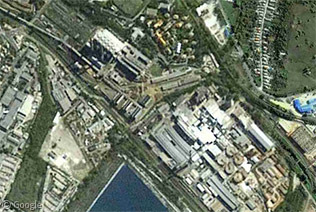
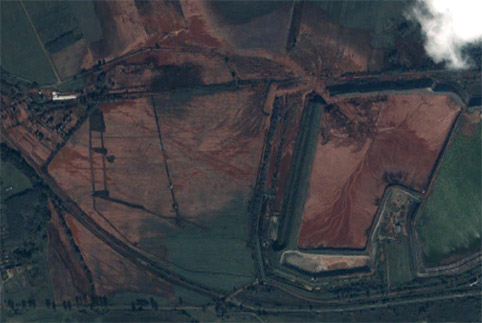
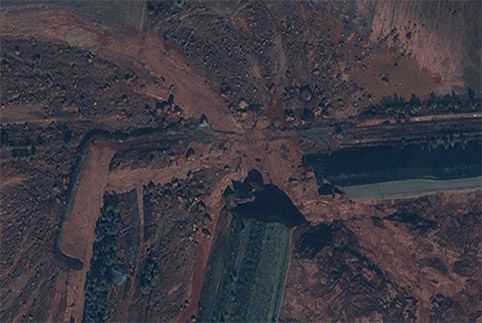
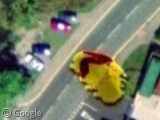
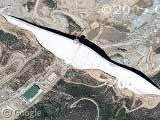
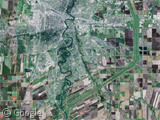
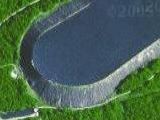
Hello from Hungary.
I’ve been reading this blog or quite some time now and I like it a lot.
Now, as this terrible thing happened in my country, I can say I know what the article is about. And let me say that the article is correct and factful – thanks for that. There have been rumours and early speculations in the first couple of hours/days of the event, most of them proved to be false. No, the sludge is not radioactive. No, the sludge ITSELF is not caustic – the severe burns that accounts for most of the injuries is due to the liquid residual that was floating in, and mostly on top of the sludge contained by the sludge reservoir. This liquid was indeed very caustic (a pH of about 13). And no, there is no real danger of another follow-up flood similar to the big one.
Right now (Thursday, 14 Oct) the population of one of the two settlements partially flooded, Kolontar has been evacuated and a series of swiftly built dams have been built to minimalize the risks of another breach in the dam – because there seems to be a very high probability of that happening. But, even if it happens, there will be a different kind of flood, since the sludge left in the reservoir is much, much denser, not fluid-like, like it was before the first breach. Consequently, the affected area will surely be much smaller.
Still, this was something really nasty. I live in Budapest, about 130 kilometers (about 83 miles) away from the scene, so my life wasn’t affected, but many families are left comepletely devastated, even those that have no fatalities. As the article mentioned, many people are at the scene working and helping, most of them do it as charity, and many more people, countries, institutes, firms and other bodies and from all around the world send aids, either financial or of other nature. Big thanks to them also.
bio